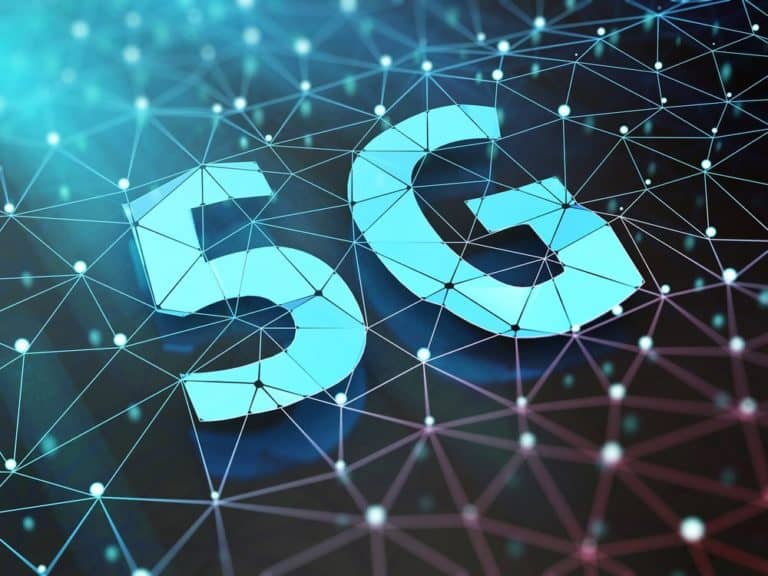Not surprisingly, China and South Korea are leaders in 5G adoption.
The number of 5G connections is going to explode in the coming years, according to an October report from market analysts CCS Insight.
In addition, they predict that most 5G connections will be on smartphones and other mobile devices. Uses in mission-critical services such as IoT (Internet of Things) and fixed wireless access will stay niche for years to come.
The report, which analyzed the state of the global 5G infrastructure, predicts that 5G connections will reach 1 billion worldwide in mid-2023, taking less time than 4G to reach this milestone.
It’s no wonder, then, that smartphone manufacturers like Apple are rushing to get their 5G-capable phones to market.
China leads the way
By 2022, China will account for more than half of all 5G subscribers, according to CCS Insight. And by 2025 it will still represent more than 40% of all 5G connections globally.
South Korea, Japan and the US are currently competing for pole position in launching commercial 5G networks. Nonetheless, China will dominate in terms of the number of subscribers.
The report also predicts that despite their many initiatives and investments, the EU will lag behind these other players in their own 5G network roll-out. Market fragmentation, the availability of spectrum and the influence of regulators make 5G rollout challenging, according to CCS Insight. In fact, they expect Europe to trail its global rivals by at least a year.
Marina Koytcheva, VP Forecasting at CCS Insight said: “China will dominate 5G thanks to its political ambition to lead technology development, the inexorable rise of local manufacturer Huawei and the breakneck speed at which consumers have upgraded to 4G connections in the recent past.”
IoT will lag as fixed wireless gains ground
CCS Insight sees fixed wireless access as 5G’s first commercial application. The US will be an early adopter, boosted by leading advocates like AT&T and Verizon. However, the long-term opportunity will remain small and the forecast sees it representing only a tiny fraction of total connections.
Geoff Blaber, VP Research, Americas at CCS Insight, observes: “5G is about creating a network that can scale up and adapt to radically new applications. For operators, network capacity is the near-term justification. The Internet of Things (IoT) and mission-critical services may not see exponential growth in the next few years but they remain a central part of the vision for 5G.
